- No products in the cart.
Indapamide mV STADA Tab n / a film about prolong. 1.5mg 30 pc
$2.10
Indapamide mV STADA Tab n / a film about prolong. 1.5mg 30 pc
SKU: 1715358351 Categories: Heart and blood vessels, High pressure, Medicaments Tags: indapamide, STADA
Description
Composition
Active substance:
1 tablet contains indapamide – 1.50 mg.
Excipients:
Hypromellose (hypromellose 4000) – 42,00-78,40 mg; lactose monohydrate – 168.50 – 132.10 mg; colloidal silicon dioxide – 1.00 mg; magnesium stearate – 2.00 mg; sheath: hypromellose – 5.94 mg; macrogol (polyethylene glycol 4000) – 1.29 mg; talc – 0.48 mg; titanium dioxide – 1.29 mg.
Description:
Round, biconvex tablets, film-coated white or almost white. The cross-sectional core of a white or nearly white.
Product form:
Prolonged action tablets, film-coated, 1.5 mg.
10 tablets in blisters of PVC film and aluminum foil printed patent.
3 blisters together with instructions for use in a cardboard pack.
Contraindications
Hypersensitivity to indapamide and other sulfonamide derivatives, severe renal failure (step anuria), severe hepatic impairment (including encephalopathy), hypokalaemia; pregnancy, lactation; age 18 years (effectiveness and safety have been established); lactose intolerance, galactosemia, syndrome disorders absorption of glucose / galactose (formulation contains lactose).
If you have one of these diseases, before taking this medication, you should consult with your doctor.
Dosage
1.5 mg
Indications
Arterial hypertension.
Interaction with other drugs
If you are taking any other medications before starting treatment should consult a doctor.
Not recommended combinations
While the use of drugs lithium may increase the concentration of lithium ions in the plasma due to lower its excretion by the kidneys, is accompanied by appearance of signs of overdose (nephrotoxicity), as well as in the salt-free diet compliance (decreased kidney excretion of lithium ions). In the case of simultaneous reception with lithium preparations required careful control of the concentration of lithium in the blood plasma and the dosage adjustment.
Combinations requiring special attention
Drugs that while the use of which increases the likelihood of arrhythmias of the type “pirouette» ( «torsades de pointes»): antiarrhythmics IA class (quinidine, gidrohinidin, disopyramide), antiarrhythmics III class (amiodarone, dofetilide, ibutilide, bretylium tosylate) , sotalol, certain neuroleptics: phenothiazines (chlorpromazine, tsiamemazin, Levomepromazine, thioridazine, trifluoperazine), benzamides (amisulpride, sulpiride, sultopride, tiaprid), butyrophenones (droperidol, haloperidol), other (bepridil, cisapride, difemanil, er itromitsin (intravenous (i / v)), halofantrine, mizolastine, pentamidine, sparfloxacin, moxifloxacin, vincamine (w / w), astemizole.
The simultaneous use of any of these medications, especially against the background of hypokalemia increases the risk of ventricular arrhythmias of the type “pirouette”. Before the start of combination therapy indapamide and the above preparations should control the content of potassium in the blood plasma and to adjust it if necessary. It is recommended to control the clinical condition of the patient, as well as the content of blood plasma electrolytes and ECG. In patients with hypokalemia is necessary to use drugs, do not provoke the development of arrhythmias such as “pirouette”.
When concomitant administration of nonsteroidal anti-inflammatory drugs (NSAIDs) (for systemic use), including selective inhibitors of cyclooxygenase-2 (COX-2), high doses of salicylic acid (3 g / d or more) may: reducing antihypertensive effect indapamide, development of acute renal failure in dehydrated patients (due to a decrease in glomerular filtration rate). At the beginning of therapy with indapamide is necessary to restore water and electrolyte balance, monitor renal function.
Angiotensin converting enzyme (ACE) while the application of indapamide in patients with hyponatremia (especially in patients with renal artery stenosis), increased risk of sudden hypotension and / or acute renal failure. Patients with hypertension and decreased due diuretics content of sodium ions in plasma necessary for 3 days prior to treatment with ACE inhibitors stop taking diuretics. Subsequently,, diuretics renew when needed. ACE inhibitor therapy should start with a low dose with a gradual increase in the dose if necessary. In chronic heart failure, treatment should begin with low doses of ACE inhibitors, diuretics pre-reducing dose. In all cases, during the first week of ACE inhibitors need to monitor renal function (plasma creatinine content).
Drugs that increase the risk of hypokalemia: amphotericin B (w / w); and gluco mineralokortikosteroidy (for systemic administration), tetracosactide, laxatives, stimulating intestinal motility. Together with the admission indapamide above drugs increases the risk of hypokalemia (additive effect). If necessary, control and adjust the content of potassium ions in the blood plasma.
Concurrent therapy with baclofen enhances the antihypertensive effect of indapamide.
Cardiac glycosides: hypokalemia increases the toxic effects of cardiac glycosides (glycoside intoxication). With simultaneous use of indapamide and cardiac glycosides should control the content of potassium ions in the blood plasma, ECG, and, if necessary, adjust therapy.
Combination with potassium-sparing diuretics (amiloride, spironolactone, triamterene) may be effective for a certain category of patients, however, while not completely excluded the possibility of developing hypo- or hyperkalemia, especially in patients with diabetes and renal failure. In such cases it is necessary to control the potassium level in the blood plasma, ECG parameters and, if necessary, adjust therapy.
With the simultaneous use of diuretics and metformin may cause lactic acidosis, which is connected, apparently, with the development of functional renal failure caused by the action of diuretics ( “loop” to a greater extent). It is not recommended to use metformin in combination with indapamide with creatinine levels greater than 15 mg / L (135 pmol / l) in men and 12 mg / L (110 pmol / l) in women.
In the application of iodine-containing contrast agents should be borne in mind that the diuretic effect of indapamide increases the risk of renal failure. This risk is particularly high when using iodinated X-ray contrast agents in high doses. Before using iodine-containing contrast media to patients need to restore lost fluids.
Tricyclic antidepressants and antipsychotics increase the hypotensive effect and increase the risk of orthostatic hypotension (additive effect).
Formulations containing calcium salts increases the risk of hypercalcemia due to lower renal excretion of calcium ions.
With simultaneous use of cyclosporin and tacrolimus may increase the content of creatinine in the blood plasma (without changing concentration of circulating cyclosporine), which occurs even under normal water content and sodium ions.
Glyukortikosteroidnye preparations tetrakozaktid (for systemic use) reduced antihypertensive effect (delay sodium ions and liquid).
Reduces the effect of anticoagulants (coumarin or indandione derivatives) due to increased concentration of clotting factors by reducing blood volume and increase their production by the liver (the dose may be required correction).
Enhances blockage of neuromuscular transmission, developing under the effect of non-depolarizing muscle relaxants.
Overdose
Symptoms: marked decrease in blood pressure, water-electrolyte disturbances (hyponatremia, hypokalemia), nausea, vomiting, cramps, dizziness, drowsiness, lethargy, confusion, respiratory depression, polyuria, oliguria or anuria until (due to hypovolemia). Patients with cirrhosis may develop hepatic coma.
Treatment: gastric lavage, correction fluid and electrolyte balance, symptomatic therapy. No specific antidote.
pharmachologic effect
Pharmacological group:
Diuretic.
Pharmacodynamics:
Antihypertensives (diuretic, vasodilator). By pharmacological properties similar to the thiazide diuretics (gives the reabsorption of sodium ions in the loop of Henle cortical segment). Increases urinary excretion of sodium, chlorine and to a lesser extent of potassium and magnesium ions, which is accompanied by increased diuresis. With the ability to selectively block the “slow” calcium channels, increases the elasticity of the artery walls and decreases total peripheral vascular resistance.
It helps to reduce the hypertrophy of the left ventricle of the heart. No effect on lipid content in the blood plasma (triglycerides, low density lipoprotein, high density lipoprotein); It has no effect on carbohydrate metabolism (including patients with diabetes). Reduces the sensitivity of the vascular wall to norepinephrine and angiotensin II, stimulates the synthesis of prostaglandin E2 and prostacyclin PGI2, reduces the production of free and stable oxygen radicals.
Indapamide has a hypotensive action at doses that do not have a pronounced diuretic effect. The hypotensive effect develops by the end of the first week, it lasts for 24 hours on a background of a single dose.
Pharmacokinetics:
Once inside quickly and completely absorbed from the gastrointestinal tract; Bioavailability – high (93%). Eating slows down the rate of absorption, but does not affect the amount of the absorbed compound. Maximum plasma concentration achieved after 12 hours after ingestion. Repeated receptions fluctuations in plasma concentrations of drug in the interval between receptions of two reduced doses. The equilibrium concentration is established after 7 days of regular reception. The half – 18 hours, connection with blood plasma proteins – about 79%. Also binds with elastin smooth muscles of the vascular wall. Has a high volume of distribution, passes through the blood-tissue barriers (including placental) passes into breast milk.
It is metabolized in the liver. Kidneys displayed 60-80% as metabolites (unchanged output of about 5%), through the intestine – 20%. In patients with renal insufficiency The pharmacokinetics does not change. Not accumulates.
Pregnancy and breast-feeding
Indapamide MB STADA is not recommended during pregnancy. Admission fetoplacental diuretics may cause ischemia and lead to disturbance of development of the fetus.
Due to the fact that indapamide is excreted in breast milk is not recommended use of the drug during breastfeeding. If necessary, the drug Indapamide CF STADA lactation, lactation should be discontinued.
Conditions of supply of pharmacies
On prescription.
side effects
Determination of the frequency of adverse reactions: very often – 10% or more; often – 1% or more, less than 10%; infrequently – 0.1% and more than 1%; rarely – 0.01% and more than 0.1%; very rarely – less than 0.01%.
With the cardiovascular system: very rarely – arrhythmias, orthostatic hypotension, palpitations, changes in the electrocardiogram (ECG), typical of hypokalemia.
From the side of hematopoiesis: rarely – thrombocytopenia, leukopenia, agranulocytosis, aplastic anemia, hemolytic anemia, bone marrow aplasia.
On the part of the central and peripheral nervous system: rare – dizziness, headache, paresthesia, anxiety, asthenia, somnolence, vertigo, insomnia, depression, fatigue, malaise, spasm of muscles, tension, irritability, anxiety. In patients with hepatic insufficiency may develop hepatic encephalopathy.
From the digestive system: rarely – vomiting; rarely – nausea, constipation, dryness of the oral mucosa; very rarely – pancreatitis, anorexia, abdominal pain, diarrhea.
From the urogenital system: very rarely – renal failure, nocturia, infection, polyuria.
The respiratory system: cough, pharyngitis, sinusitis, rhinitis.
Allergic reactions: often – maculo-papular rash; infrequently – purpura, very rarely – angioneurotic edema, and / or urticaria, hemorrhagic vasculitis, toxic epidermal necrolysis, Stevens-Johnson syndrome, pruritus.
Other: separate messages – the exacerbation of systemic lupus erythematosus (SLE), photosensitivity reaction.
Laboratory data: decrease in the level of potassium and hypokalemia development (especially pronounced in patients at risk). In clinical studies, hypokalemia (potassium content in the blood plasma of less than 3.4 mmol / l) was seen in 10% of patients and 3.2 mmol / l – 4% of patients after 4-6 weeks of treatment. After 12 weeks of treatment in blood plasma potassium content was reduced by an average of 0.23 mmol / l. Very rarely – hypercalcemia; possible hyponatremia, accompanied by hypovolemia, and orthostatic hypotension. Simultaneous loss of chloride ion can lead to compensatory metabolic alkalosis, but the incidence of metabolic alkalosis and its severity insignificant; hyperuricemia and hyperglycemia (unspecified frequency), increased blood urea nitrogen concentration, hypercreatininemia, glycosuria.
If any of the above side effects are compounded or you notice any other side effects not mentioned in the instructions, tell your doctor.
special instructions
The lack of effectiveness after 4-8 weeks of therapy, it is advisable to add an antihypertensive drug with a different mechanism of action. Increase the dose of the drug is not recommended (in the absence of a significant increase in the antihypertensive effect of an increased risk of side effects).
Patients receiving cardiac glycosides, laxatives, amid hyperaldosteronism, as well as in the elderly shows a regular control of the content of potassium ions and creatinine.
While receiving indapamide should regularly monitor the concentration of potassium ions, sodium, magnesium in the blood plasma (electrolyte abnormalities may develop), pH, glucose concentration, uric acid and residual nitrogen. Determination of the content of sodium ions in plasma is recommended prior to treatment. The first measurement of the concentration of potassium ions in the blood plasma to be held during the first week of starting treatment. The most careful control shown in patients with coronary heart disease, heart failure, liver cirrhosis (especially with edema or ascites – the risk of metabolic alkalosis, increase the expression of hepatic encephalopathy), or debilitated patients receiving concomitant medication. High-risk group also includes patients with an increased interval QT in the electrocardiogram (congenital or develop on the background of a pathological process), and patients taking along with indapamide, medicaments, lengthening the interval QT (cm. ‘Interaction with other drugs ” ).
Thiazide diuretics can reduce the excretion of calcium in the urine, resulting in low time and hypercalcemia. Marked hypercalcemia in patients receiving indapamide may be a consequence of previously undiagnosed hyperparathyroidism. Should stop taking diuretics prior to the study of parathyroid function.
In the appointment of thiazide diuretics in patients with hepatic insufficiency may develop hepatic encephalopathy. In such cases, the drug should be discontinued immediately.
In patients with diabetes is extremely important to control the level of glucose in the blood, especially in the presence of hypokalemia.
Considerable dehydration may lead to acute renal failure (decreased glomerular filtration). Patients need to compensate for the loss of water and at the beginning of treatment carefully monitor renal function.
Indapamide may give a positive result in doping control.
In patients with high levels of uric acid in blood plasma during treatment with indapamide may increase the incidence of gout attacks.
Sulfonamide derivative can exacerbate during systemic lupus erythematosus (must be borne in mind when assigning indapamide).
In some patients, especially at the beginning of the treatment or adding another antihypertensive agent, there can be drowsiness, dizziness and other side effects in the nervous system. If this happens, the patient must take special precautions while driving and working with complex mechanisms.
Storage conditions
Stored in a dry place, protected from light at a temperature not higher than 25 C.
Keep out of the reach of children.
Dosing and Administration
Tablets taken orally, preferably in the morning, without chewing, drinking plenty of fluids. The daily dose – 1 tablet of indapamide CF STADA (1.5 mg) once a day. Increasing the dose does not result in increased hypotensive action.
Information
Appearance may differ from that depicted in the picture. There are contraindications. You need to read the manual or consult with a specialist
Additional information
| Weight | 0.100 kg |
|---|---|
| Manufacturer | STADA |

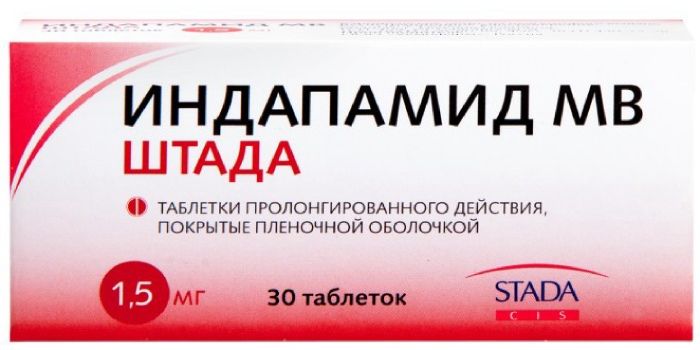
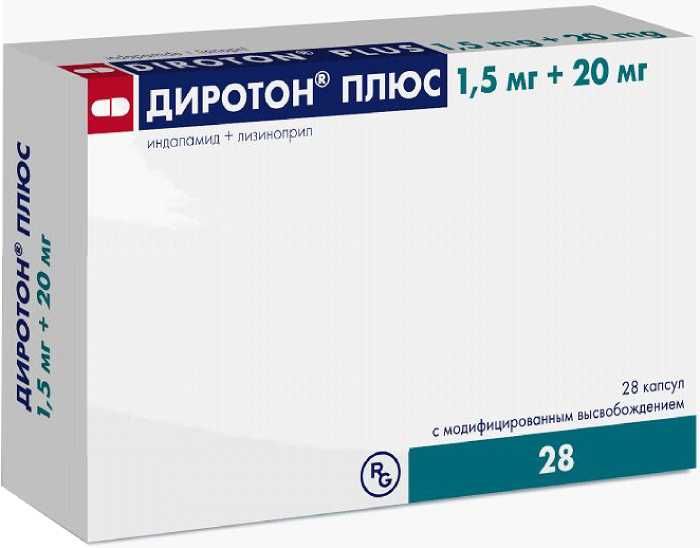
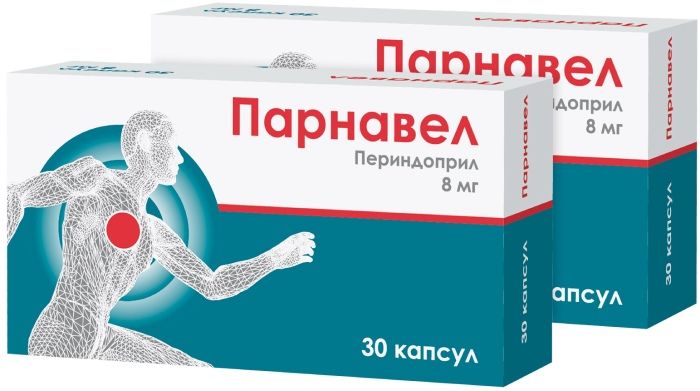
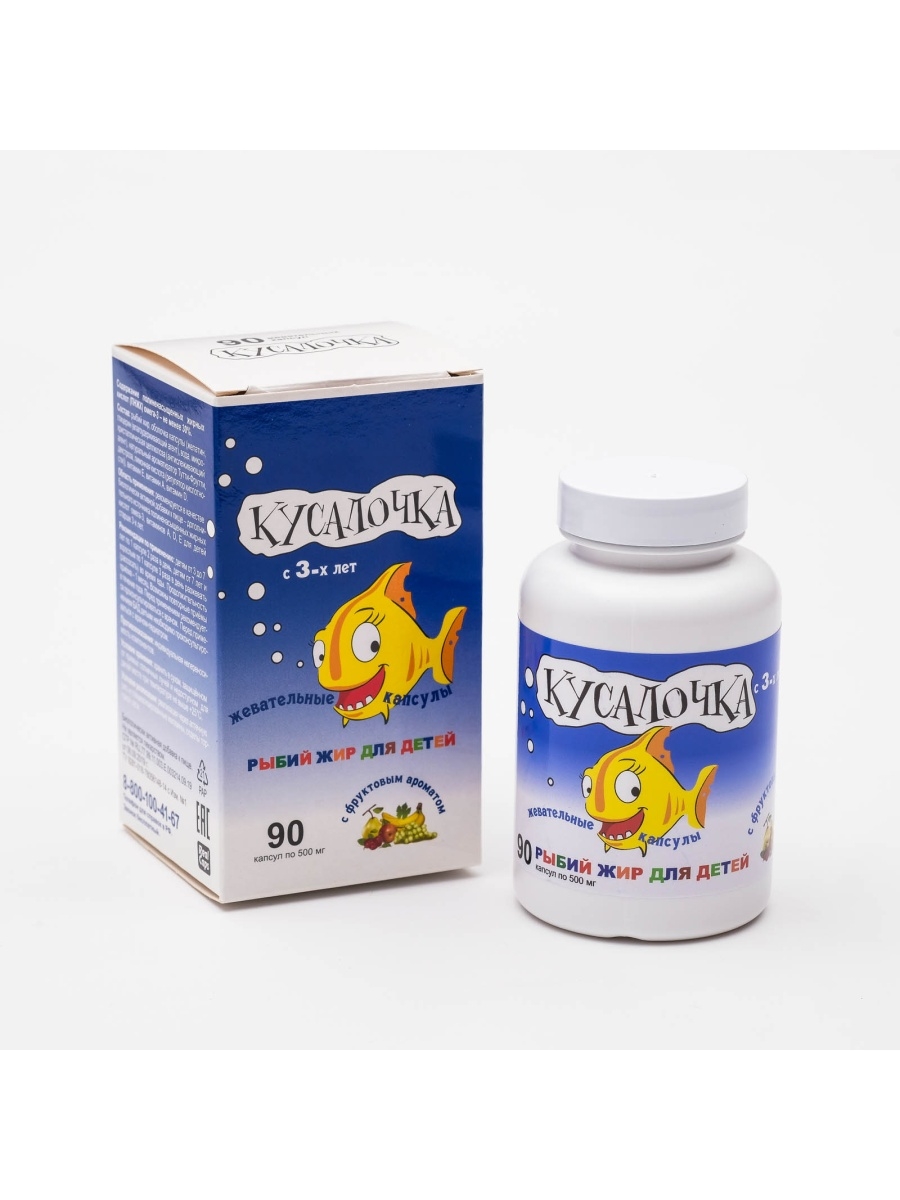


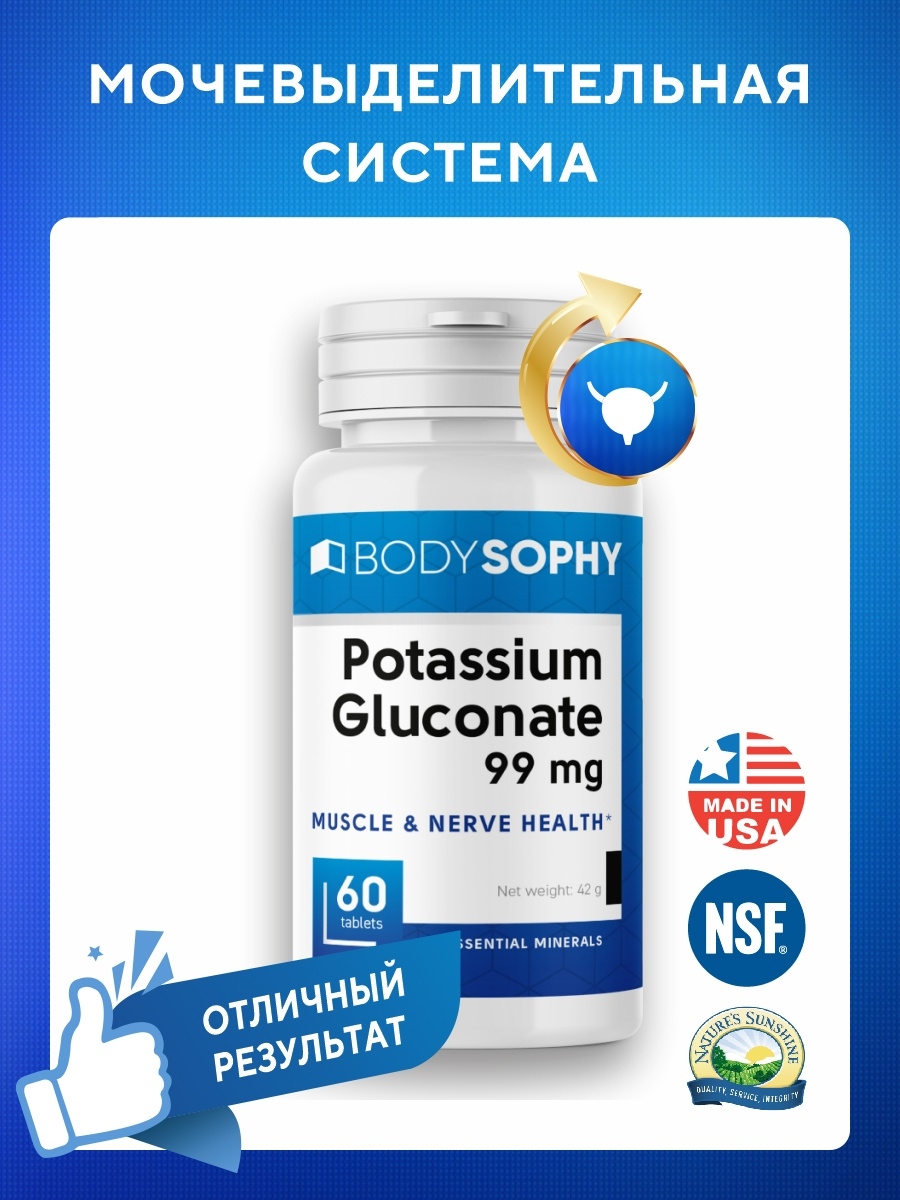
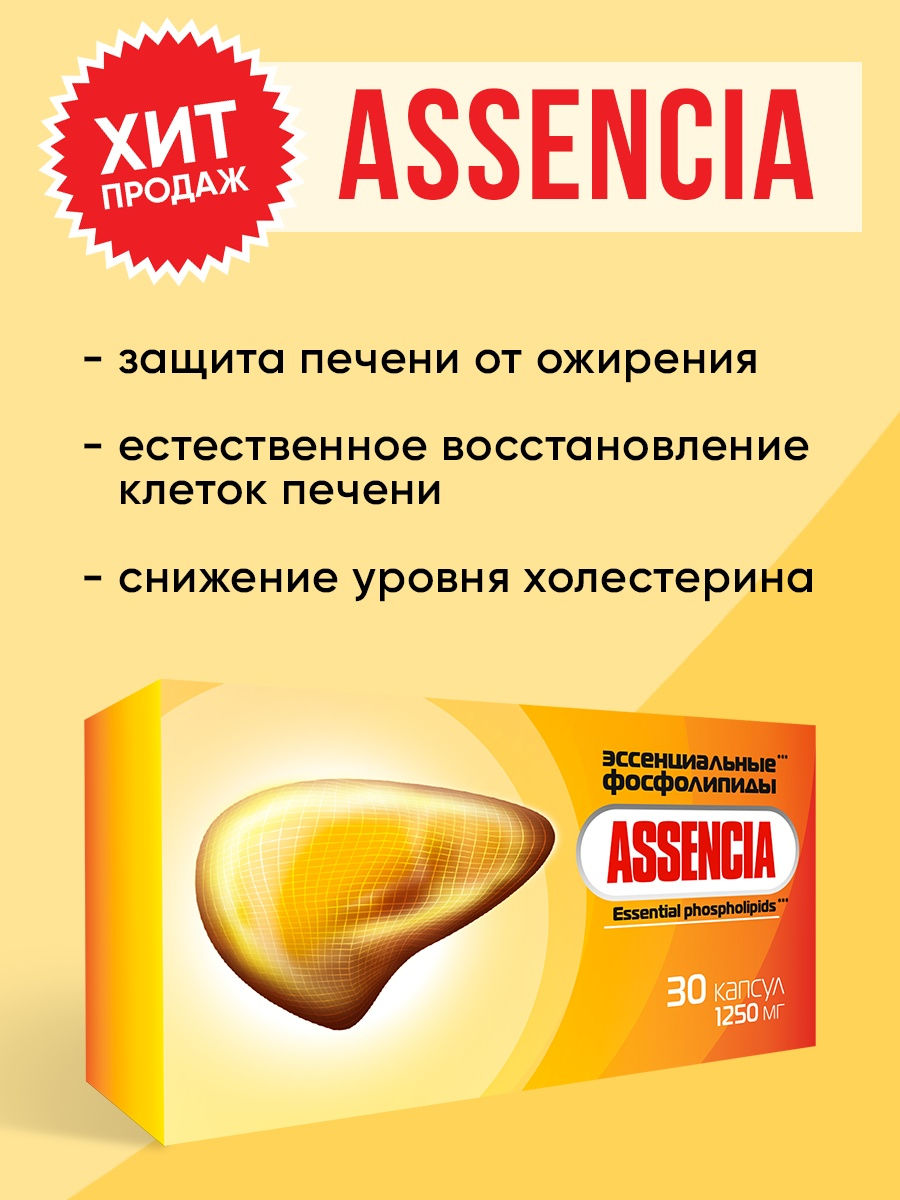
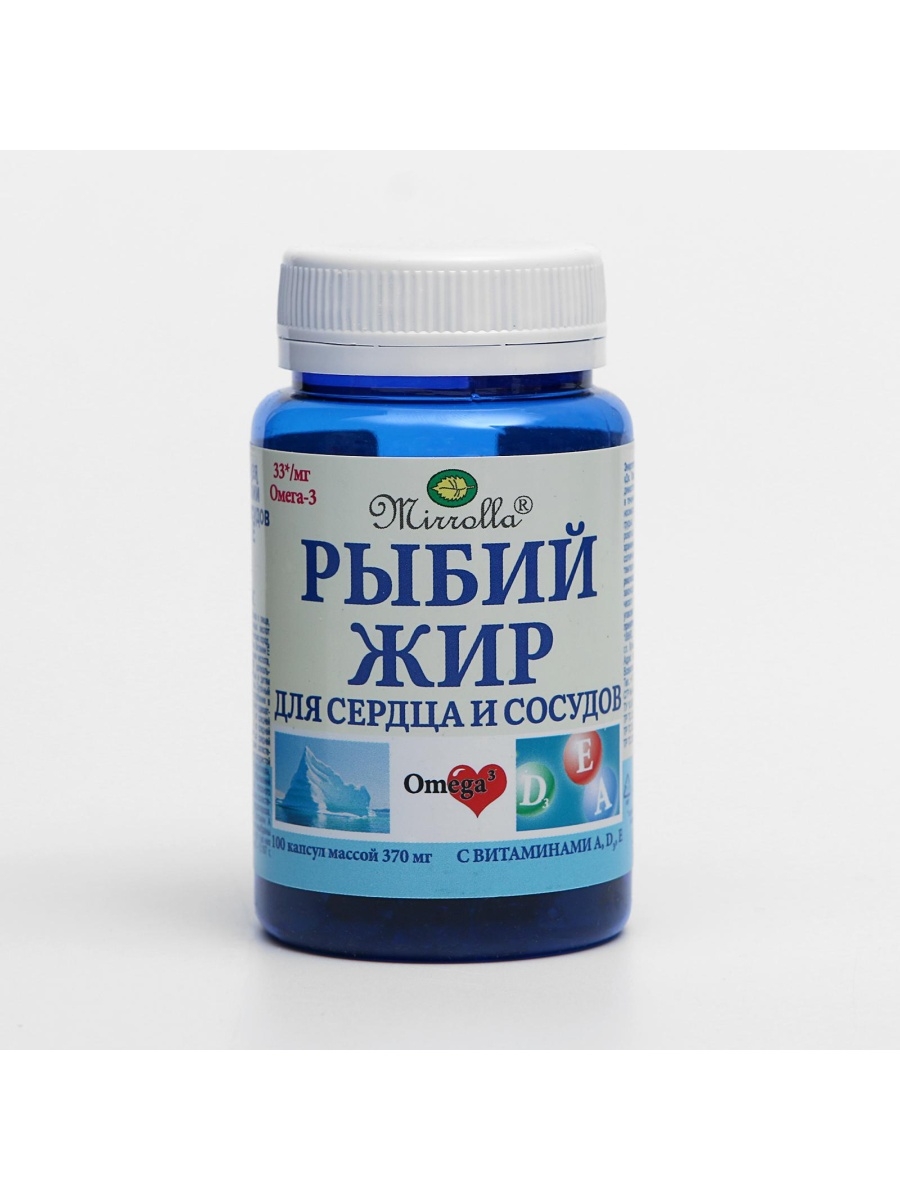




There are no reviews yet.